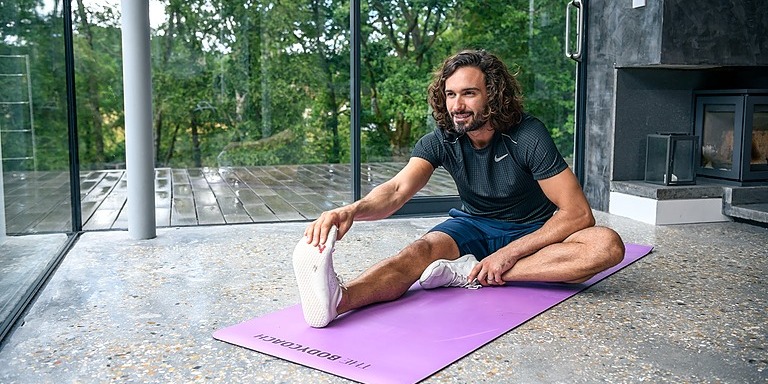Rest and relaxation
It’s such a common expression that it has become a cliche. And although rest really can be relaxing, the pat phrase causes many men to overlook the fact that exercise can also be relaxing. It’s true for most forms of physical activity as well as for specific relaxation exercises.
Exercise is a form of physical stress. Can physical stress relieve mental stress? Alexander Pope thought so: “Strength of mind is exercise, not rest.” Plato agreed: “Exercise would cure a guilty conscience.” You’ll think so, too — if you learn to apply the physical stress of exercise in a controlled, graded fashion.
Autoregulation exercise and stress relief
Regular physical activity keeps you healthy as it reduces stress. But another special sort of exercise known as autoregulation exercises can also reduce stress.
Because the root cause of stress is emotional, it is best controlled by gaining insight, reducing life problems that trigger stress, and modifying behavior. You can learn to use your mind to relax your body. The relaxed body will, in turn, send signals of calm and control that help reduce mental tension.
Autoregulation exercises are a group of techniques designed to replace the spiral of stress with a cycle of repose. Several approaches are available including Breathing Exercises, Mental Exercises (ie. Meditation), and Progressive Muscular Relaxation.
Today we will focus on the:
Progressive muscular relaxation technique
Stressed muscles are tight, tense muscles. By learning to relax your muscles, you will be able to use your body to dissipate stress. Muscle relaxation takes a bit longer to learn than deep breathing. It also takes more time. But even if this form of relaxation takes a little effort, it can be a useful part of your stress control program. Here’s how it works:
Progressive muscle relaxation is best performed in a quiet, secluded place. You should be comfortably seated or stretched out on a firm mattress or mat. Until you learn the routine, have a friend recite the directions or listen to them on a tape, which you can prerecord yourself.
Progressive muscle relaxation focuses sequentially on the major muscle groups. Tighten each muscle and maintain the contraction 20 seconds before slowly releasing it. As the muscle relaxes, concentrate on the release of tension and the sensation of relaxation. Start with your facial muscles, then work down the body.
- Forehead: Wrinkle your forehead and arch your eyebrows. Hold; then relax.
- Eyes: Close your eyes tightly. Hold; then relax.
- Nose: Wrinkle your nose and flare your nostrils. Hold; then relax.
- Tongue: Push your tongue firmly against the roof of your mouth. Hold; then relax.
- Face: Grimace. Hold; then relax.
- Jaws: Clench your jaws tightly. Hold; then relax.
- Neck: Tense your neck by pulling your chin down to your chest. Hold; then relax.
- Back: Arch your back. Hold; then relax.
- Chest: Breathe in as deeply as you can. Hold; then relax.
- Stomach: Tense your stomach muscles. Hold; then relax.
- Buttocks and thighs: Tense your buttocks and thigh muscles. Hold; then relax.
- Arms: Tense your biceps. Hold; then relax.
- Forearms and hands: Tense your arms and clench your fists. Hold; then relax.
- Calves: Press your feet down. Hold; then relax.
- Ankles and feet: Pull your toes up. Hold; then relax.
The entire routine should take 12 to 15 minutes. Practice it twice daily, expecting to master the technique and experience some relief of stress in about two weeks.
For full article refer to Harvard Health Publishing.













